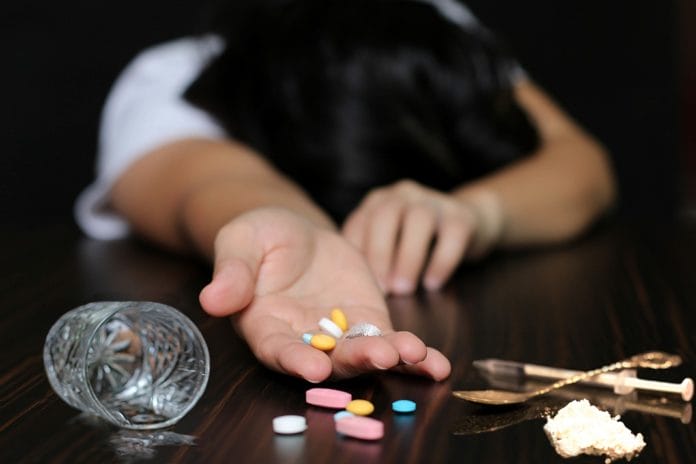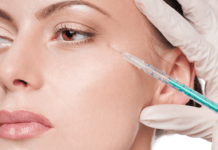The United States is in the midst of an opioid epidemic. There’s a lot of research out there about how people become addicted and how to stop them from becoming users. There’s also research on how to help addicts. Beating an addiction of any kind is incredibly difficult. A dental school in Utah has found a new, creative way to help people kick their addictions: dental work.
The Program
When Dr. Hanson was asked to help the University of Utah start its dental program, he had an idea. If he could have his new dental students practice on addicts, he could help people with addiction while giving his students valuable experience. Many addictive substances wreak havoc on an addict’s teeth. Often times, the dental issues caused by illicit drugs become a kind of identifying mark. People may assume someone with bad teeth is on drugs. By fixing a recovering addict’s teeth, Dr. Hanson and his team could change society’s perception of the patients. The program essentially gives addicts a fresh start, without the physical signs of their past drug use.
Dr. Hanson’s students started doing work at a drug rehabilitation facility. The dental program, called FLOSS, treated 286 people during the study period. The dental students did whatever was necessary for their patients, including extraction, implants, root canals, and dentures.
The Results
The program was a resounding success in terms of increasing addiction treatment completion. Patients who took part in FLOSS stayed in treatment longer. They were also 80% more likely to complete their addiction treatment program.
After completing the program, former addicts who participated in FLOSS were more likely to have stable jobs and housing than those who did not receive dental care. Without the stigma of poor oral health, patients could take advantage of their fresh start.
Anecdotal results from program participants are even more encouraging. A participant interviewed for the Deseret News credits FLOSS for helping him get his life back on track. After completing rehabilitation, he was able to get a stable job. He believes that without FLOSS, that wouldn’t have been possible.
A Win-Win
The program is great for patients, but they’re not the only ones who benefit. The dental students performing the work get great experience, and not just in practicing dentistry. They also learn valuable lessons about treating people from all walks of life.
Students had some understandable concerns when the program began. Dr. Hanson and his team had to provide special training to students so that they would be comfortable working with a population of recovering addicts. It’s possible that this training will make Dr. Hanson’s students better dentists than their peers. The students who took part in the FLOSS program may be more likely to engage with vulnerable and diverse groups of people, many of whom really need care.
The program cost $1,200 per participant. That’s inexpensive considering the intensive treatment patients received. It also saves money. Extra addiction treatment time and loss of productivity from individuals struggling with addiction can cost much, much more. The state has now decided to fund the program since the results prove it generates savings.
Why it Works
It’s unclear why the program works. Investigating why dental care helps addicts wasn’t in the scope of this study. Since this is the first program of its kind, researchers wanted to see if FLOSS could impact addicts at all. Now that it’s clear that dental care improves outcomes for addicts, researchers may want to look at why that is. Although it’s only speculation, Dr. Hanson believes that increased confidence is what makes addicts who are part of the FLOSS program more successful than those who aren’t.
The FLOSS study is a great example of the untapped potential of dental medicine. This is the first program of its kind. The unique and creative thinking behind the program is exactly the type of innovation patients need. Hopefully, this program will become an inspiration for others.











